The idea that a single day of admission to Disneyland or Magic Kingdom can top $150 is an absolutely staggering statistic. It makes for a compelling talking point, too, especially in the context of the continued disappearance of benefits, a slow-down on capital projects, and a shocking increase in upcharge, add-on services and upsells.
We promised that you wouldn’t find us excusing Disney’s admission pricing, and that’s not our intention here. (Many other sites have successfully argued Disney’s relative value as a day-long entertainment destination – compared, for example, to a baseball game, a Broadway show, or a day on a cruise). We also won’t attempt to reach the insurmountable peak of discussing equity or fairness in access to Disney Parks and whether or not the parks ever have or even could be priced to prioritize access.
But we will definitively argue that despite the shocking sticker price, it’s really not as bad as it seems. Here are some things to consider in the value equation around admission to Disney Parks…
1. Inflation
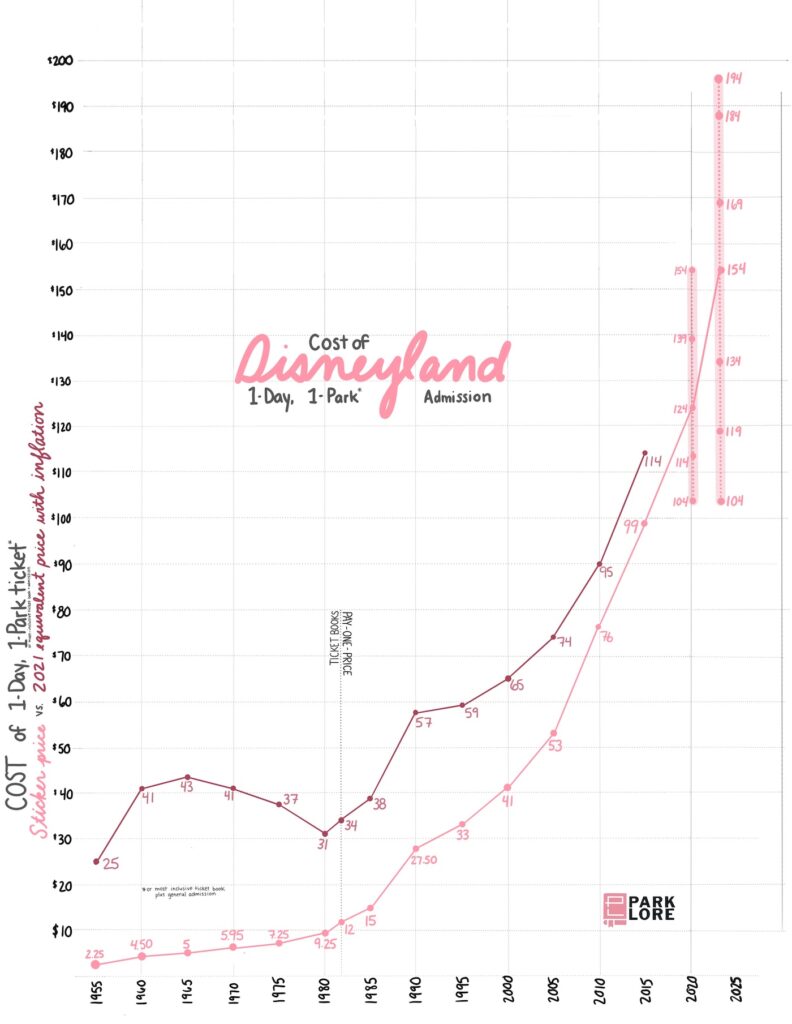
The most obvious counterpoint to Disney Parks’ 200-fold increase in pricing is that technically, comparing Disneyland’s 1955 sticker price to its 2021 sticker price is quite literally like speaking two different languages. Inflation is a general rise in the price level of an economy over time. So yes, in 1955, a day of admission at Disneyland cost $1.00… but a gallon of gas cost just 29¢; a new car cost less than $2,000; a new home, around $10,000.
That’s not to say that Disney Parks admission has risen in perfect sync with inflation – quite the contrary, it’s far, far, far outpaced it. But while a gallon of milk today is more or less equal to a gallon of milk in 1955, Disney World and Disneyland are very different (arguably better and inarguably larger) products now than they were then. In other words, inflation excuses some of Disney Parks’ price increase, while an actual improvement in the product excuses some more.
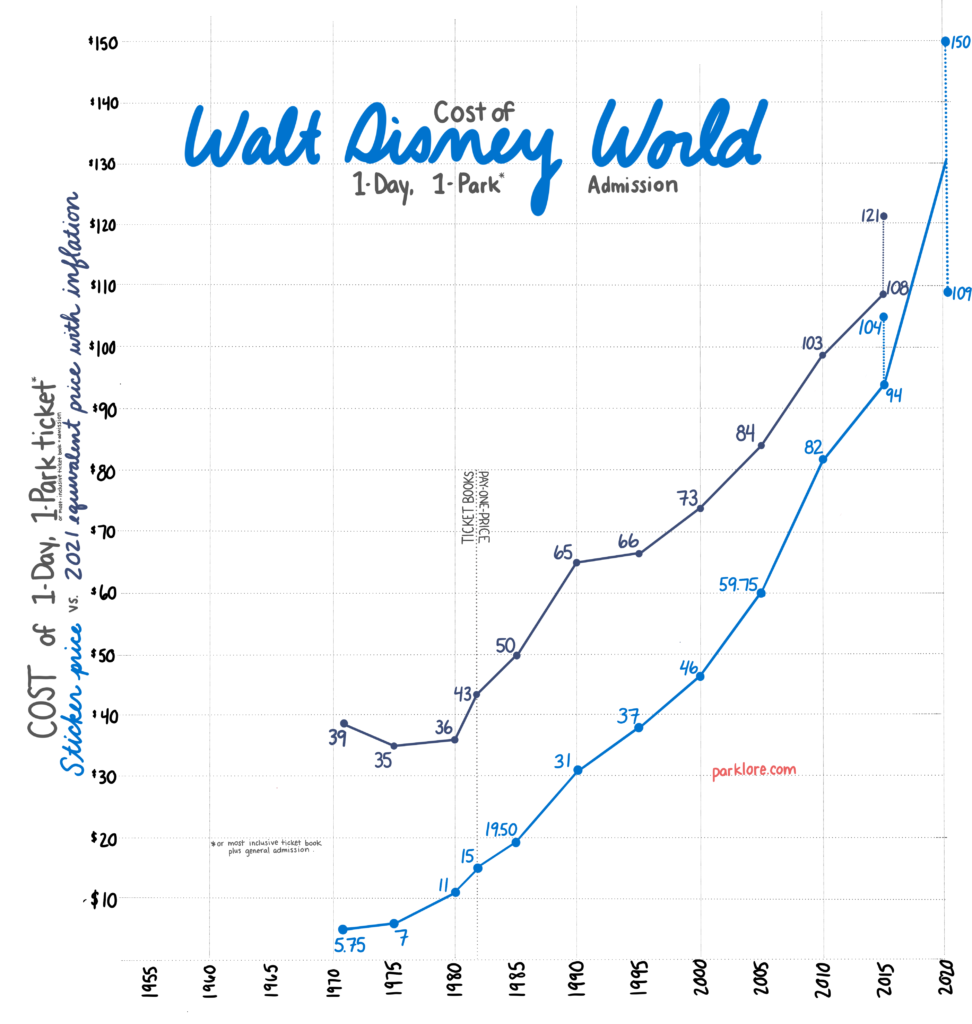
That’s why we’ve carefully calculated and included the 2021 equivalent cost alongside each year’s “sticker price.” Yes, the increase is still substantial. But the notion that general admission and eight rides at Disneyland cost only $2.25 in 1955 is nothing if not misleading. Factoring in inflation, the the “value” of a day at Disneyland would be equivalent to $23 in today’s money. While a “Regular” day in 2021 still commands a price four times that, wouldn’t you agree that Disneyland’s ride lineup today is worth at least four times more than the park’s 1955 ride lineup would be?
2. Multi-Day Tickets
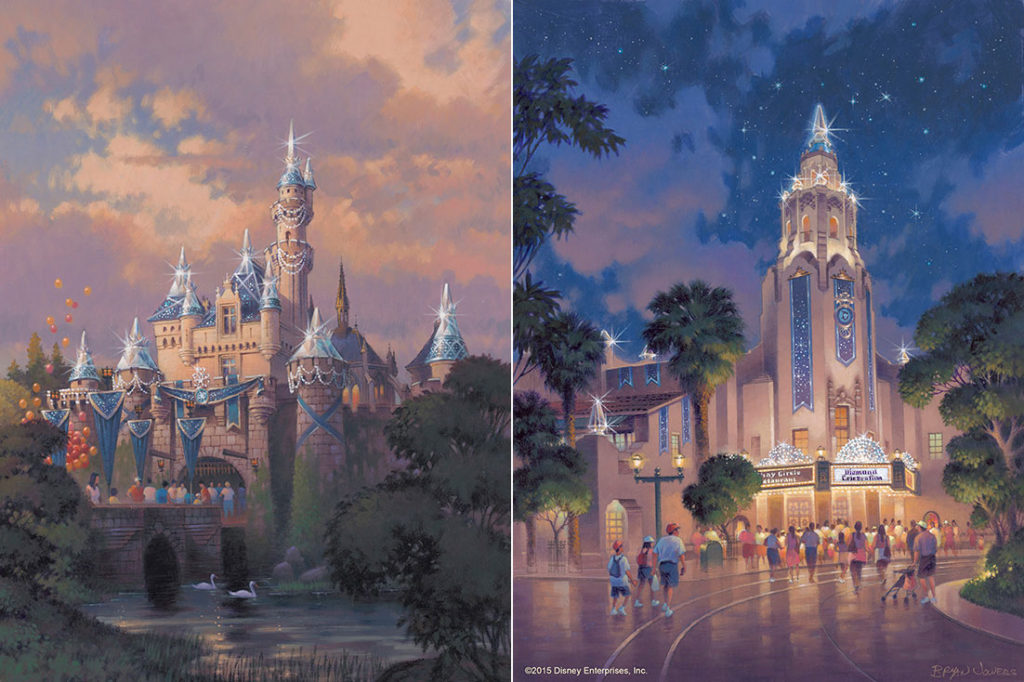
At some point reading this article, you may have begun shouting at your screen, “Sure that’s what it costs, but no one really pays that!” It’s pretty true. At Disney World from the start and at Disneyland since at least 1985 (when Disneyland offered two-day tickets for $29 – a dollar savings over buying two one day tickets at $15 each), multi-day tickets have been offered as a value over daily sticker price. 2005’s “Magic Your Way” ticket service formalized the “more you play, the less you pay per day” ethos that’s now central to ticket pricing at both resorts.
So yes, a 1-Day, 1-Park ticket at Disneyland in 2021 could cost anywhere from $104 to 154. But a 5-Day ticket can cost as little as $72 per day. The total is still substantial, but for five days at Disneyland and Disney California Adventure, it’s arguably a lot more comparable to or less than many other full-day entertainment offerings.
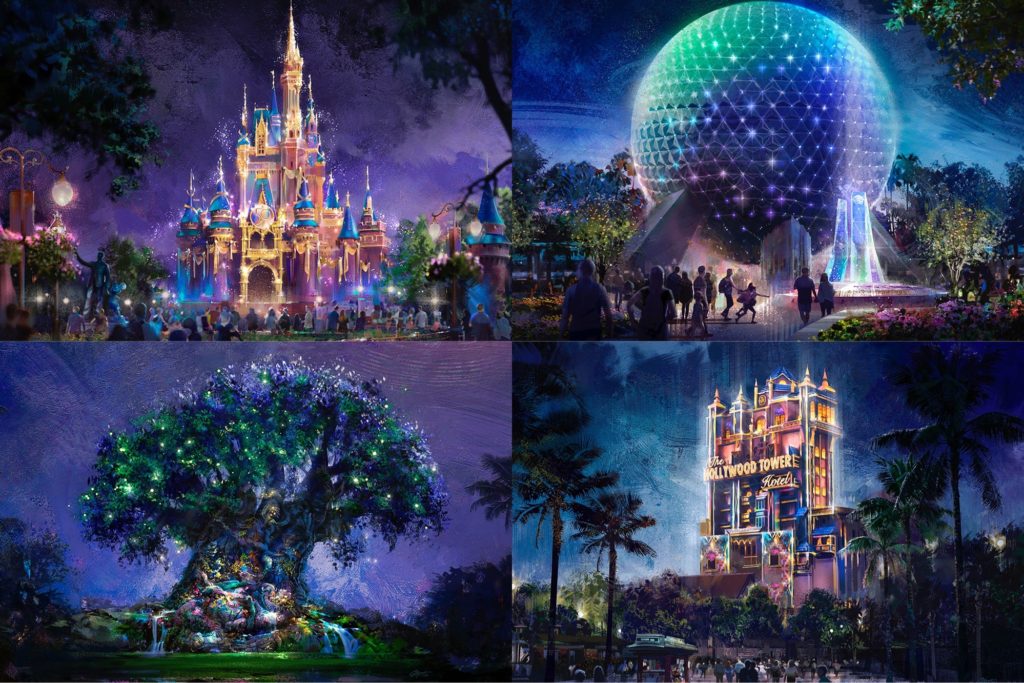
At Disney World, “per day” prices drop as low as $54 with a 10-Day ticket. Sure, $54 x 10 is a lot of money… but it’s not much more money than $104 x 4 – the cost of a 4-Day ticket. Six more days for just $120 more? “If we’re saving that much, we can afford the hotel a few more nights!” Get it? Especially at Walt Disney World, the real business is in hotels, and incentivizing longer stays yields Disney tremendous revenue.
But in terms of the price of admission alone, by far, most guests to Walt Disney World and many at Disneyland use multi-day admission, so while it’s true that one day of admission can cost as much as $150, and while fans are right to be upset by that, it’s sort of a lie by omission. Very, very few people pay $150 per day. In fact, only those who visit for a single day during “Peak” seasons do.
3. Annual Passes
The ultimate multi-day ticket, Annual Passes where introduced at Walt Disney World in 1982 and to the public at Disneyland in 1986.
The story of Annual Passes since then is a roller coaster ride of its own. By the 2010s, Annual Passes had been wildly stratified into a half-dozen tiers governed by blockout dates and lists of perks & privileges with the least restrictive passes (offering literally 365 days of admission) selling for $1,399. That sounds like a lot, but monthly payment options available to locals of either resort not only made most Passes cost less than an electric bill, but tended to incentivize upgrading for “just a few dollars more per month.”
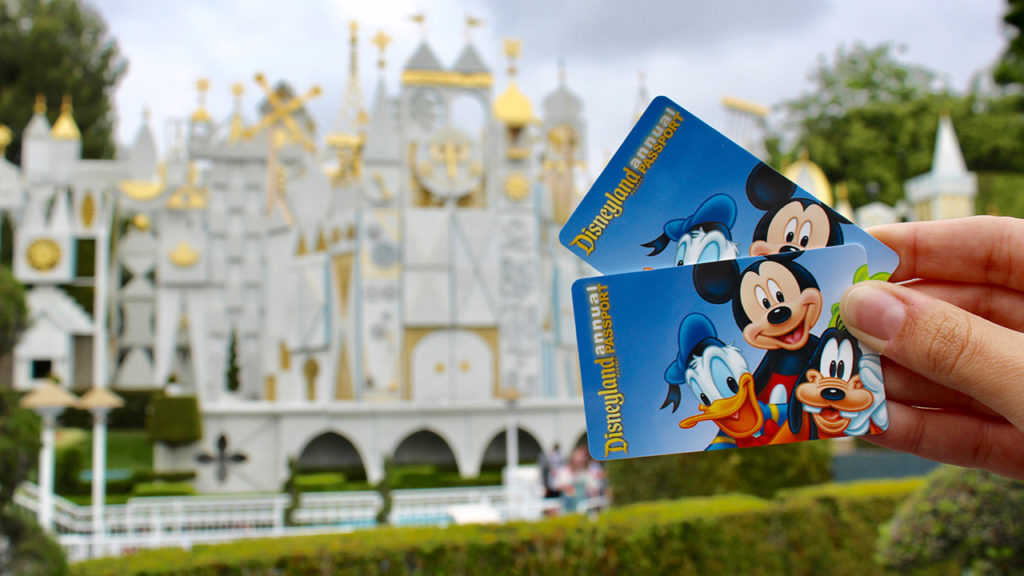
Especially at Disneyland – noted by Jim Hill as “the world’s most popular regional theme park” – Annual Passes were practically a lifestyle. With reportedly nearly 1 million Passholders on the books, Disneyland was known to be overrun with locals who’d “swing by” after work or on Sundays to just grab dinner, stroll around, or see a show. “APs” contributed beautifully to the park’s laid-back, Southern Californian atmosphere… but also lead to massive parking shortages, clogged park paths, and staked out spots for nighttime spectaculars for hours, edging out high-paying tourists.
Given Disneyland’s prolonged closure due to the COVID-19 pandemic, Disney officially ended the Annual Pass program entirely, promising that a new, overhauled, from-scratch replacement program would arise when the time was right. Fans fretted over veiled threats that the replacement program would be more of a “subscription” or “membership” program that would vastly limit access to the resort for generations who’d grown up there. Tourists breathed a sigh of relief knowing the parks might be less packed. Surprisingly, given the chance to start from scratch, Disney… didn’t?
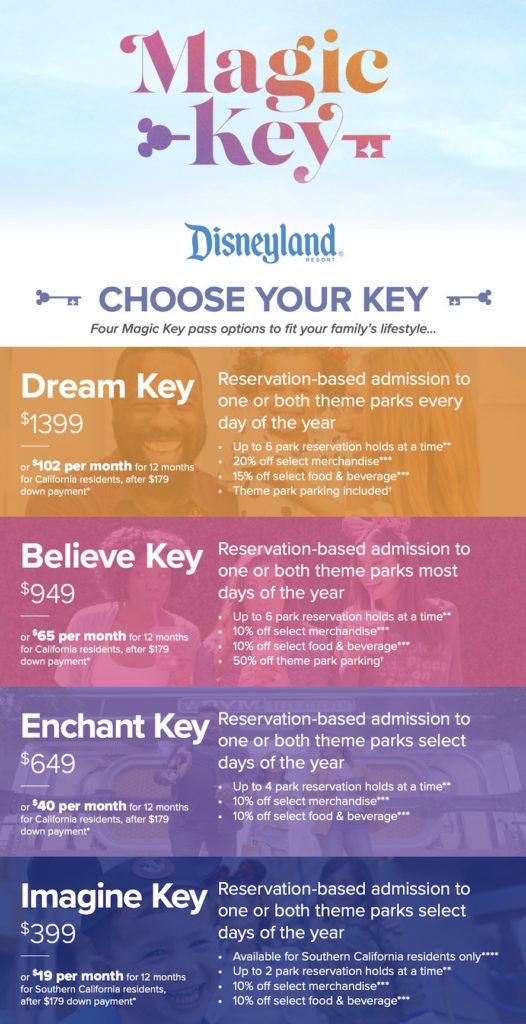
Instead, the Magic Key program launched in August 2021 looking a whole lot like Annual Passes (except for each tier having a limited number of standing reservations that can be held at any given time in a 90-day window). The Magic Key program includes four “Keys” with increasing perks and decreasing restrictions topping off at the “Inspire Key” with a cost of… $1,649.
$1,649 sounds like a lot, but like Annual Passes, the Magic Key program includes a monthly payment option. That means that after a $176 deposit, guests pay just $102 per month – less than the price of a 1-Day ticket each month for unlimited access (though that’s more theoretical than practical; Magic Key Holders have sued Disney for false advertising, suggesting that the “No Blockouts” pass is effectively useless thanks to the reservation system, which realistically precludes Key Holders from visiting without booking days weeks if not months in advance).
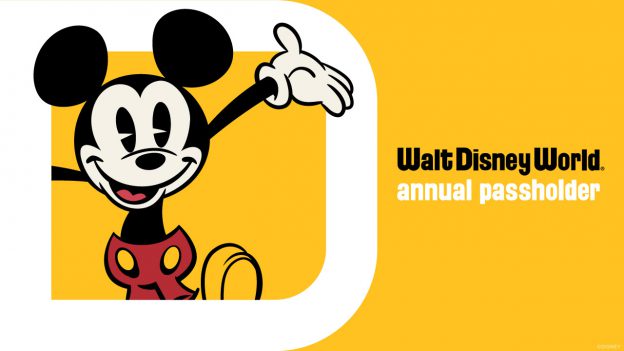
At Walt Disney World, new Pass sales were suspended during the COVID-19 pandemic, with “refreshed” Annual Pass tiers launched on September 8, 2021. (Only the most expensive – the $1,299 “Incredi-Pass” – is available to non-local, non-DVC guests.) Like Disneyland’s, Disney World’s new Annual Pass program is also defined by pre-booking reservations for Park Passes.
(By the way, a Membership at Park Lore costs a little less at just $2 a month, unlocking rare concept art and over 100 Extra Features, and supporting clickbait-free, inclusive, in-depth theme park storytelling!)
The point is, Annual Passes at Walt Disney World and the Magic Key program at Disneyland both give locals and frequent visitors substantial access to the parks. It comes at a substantial price, of course, but monthly payments, even “once-a-month” use or two 5-Day trips will make an Annual Pass a substantial savings over even Multi-Day tickets.
Sticker shock
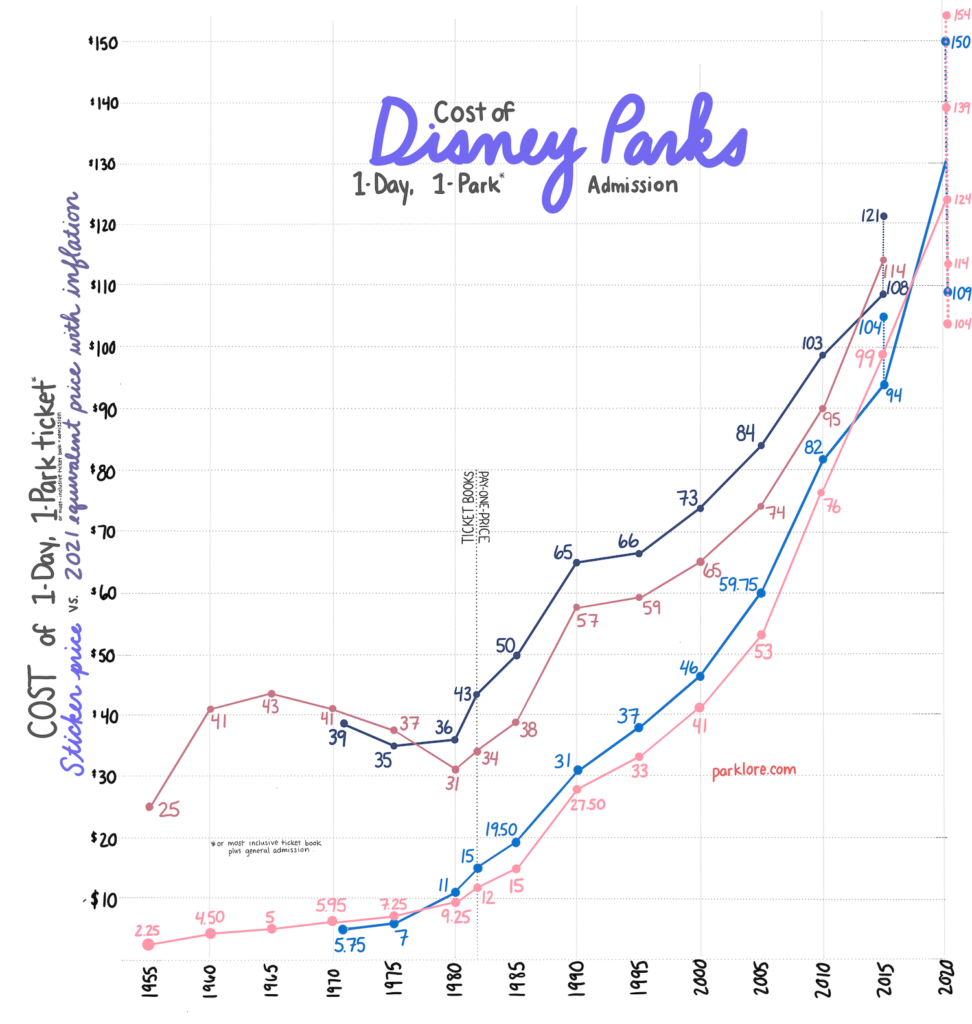
As our exploration today has shown, the history of admission to Disney Parks can be seen through multiple lenses. In terms of inflation, we see a price that hovered for years around the modern equivalent of $40; then jumped to around $60 for another period; and now, hovers around $150. In terms of expansion, we see that Eisner’s “Ride the Movies” era set the parks up for an astronomical ascent in attendance in the early 2000s. Through the lens of inflation, multi-day tickets, and Annual Passes, we can see that the narrative of “$1 to $150” doesn’t really tell the whole story.
Look, no one would deny: Disney Parks are expensive.
It costs a lot to go to a Disney Park, and (increasingly) more to actually enjoy yourself. From airport transportation to hotel rooms; parking to Park Hopping; food to PhotoPass, and now paid-for FastPass with Genie+, there’s simply no denying that a trip to Walt Disney World or Disneyland is an investment, and one that’s increasingly aimed at “income qualified” visitors alone.
When will an average day at a Disney Park top $100? $150? $200? $300? At this rate, chances are, we’ll live to find out…

Thank you so much for reading. Now, it’s your turn to join the story. If you enjoy spending time falling down the “rabbit hole” of Park Lore’s in-depth, ad-free, member-supported stories, consider becoming a Member for as little as $2 / month.
Members can unlock rare concept art in every tale, reveal attraction audio streams in select stories, gain access to over a hundred exclusive articles in our quick-read Extra Features and in-depth Special Features collections, gain exclusive podcast extras, and receive an annual member card and merch in the mail! (Plus, y’know, supporting research-based, ad-free, clickbait-free, in-depth theme park writing!)



I love Disneyland – my Mom took my two brothers and myself there every year growing up – so much so that when I was old enough to work I wanted to work there as a guide thinking that I knew the park well enough. I did end up working at Disney later on in life. I worked at the warehouse located at the exit of the park working as a ticketer for the items sold in the park and at the mall selling merchandise being sold to tourists and fans of Disney. I loved working there.
Nope still not convinced lol prices do not need to be as high as they are.